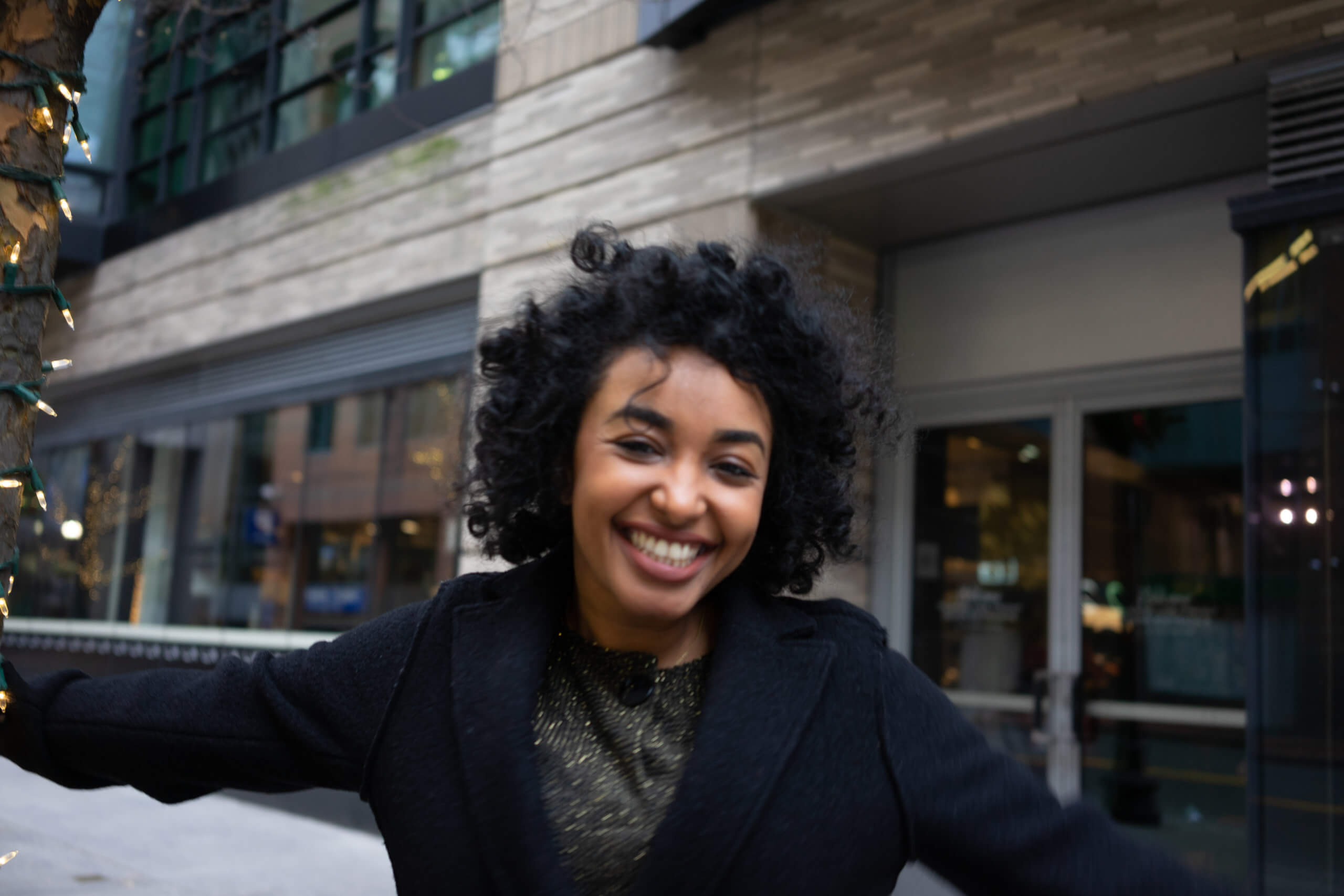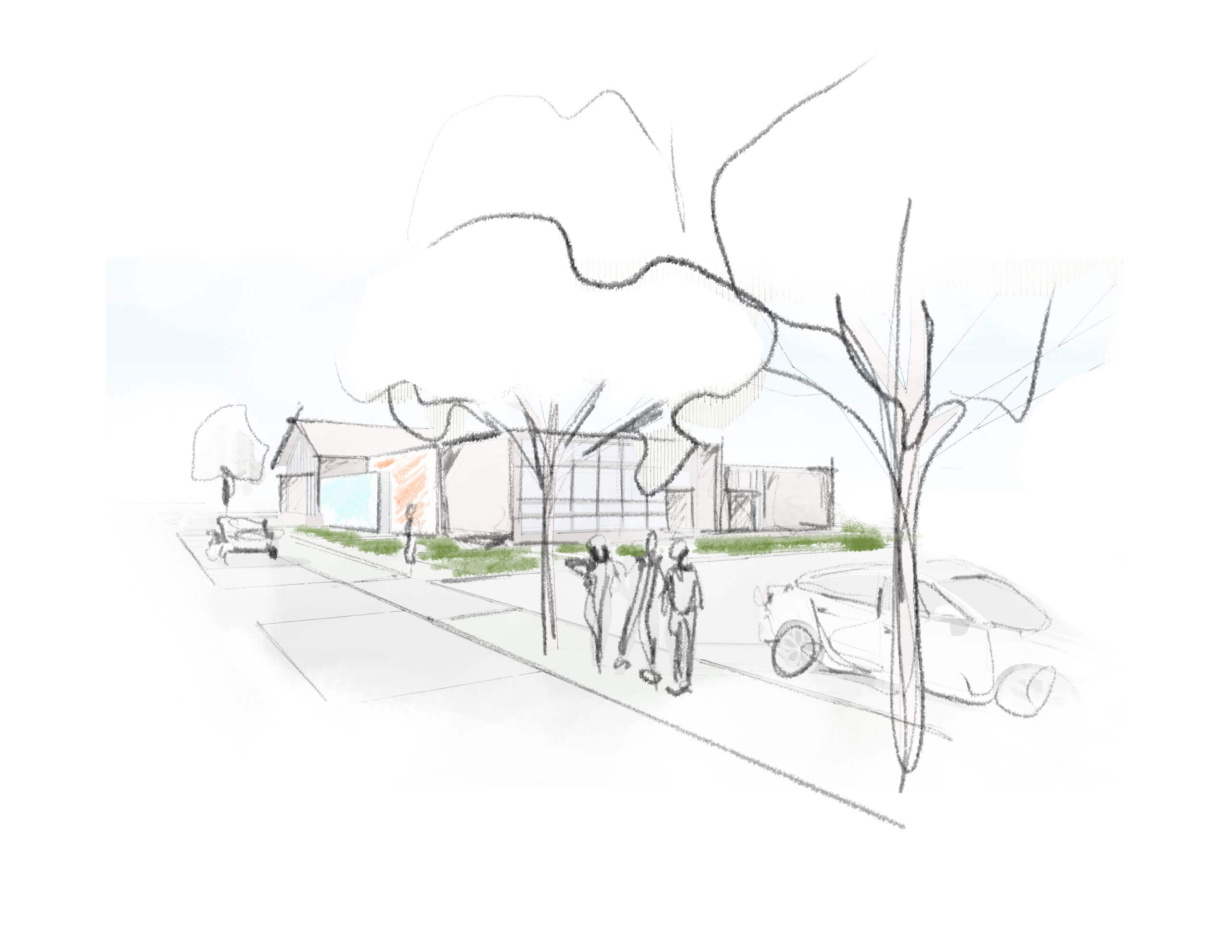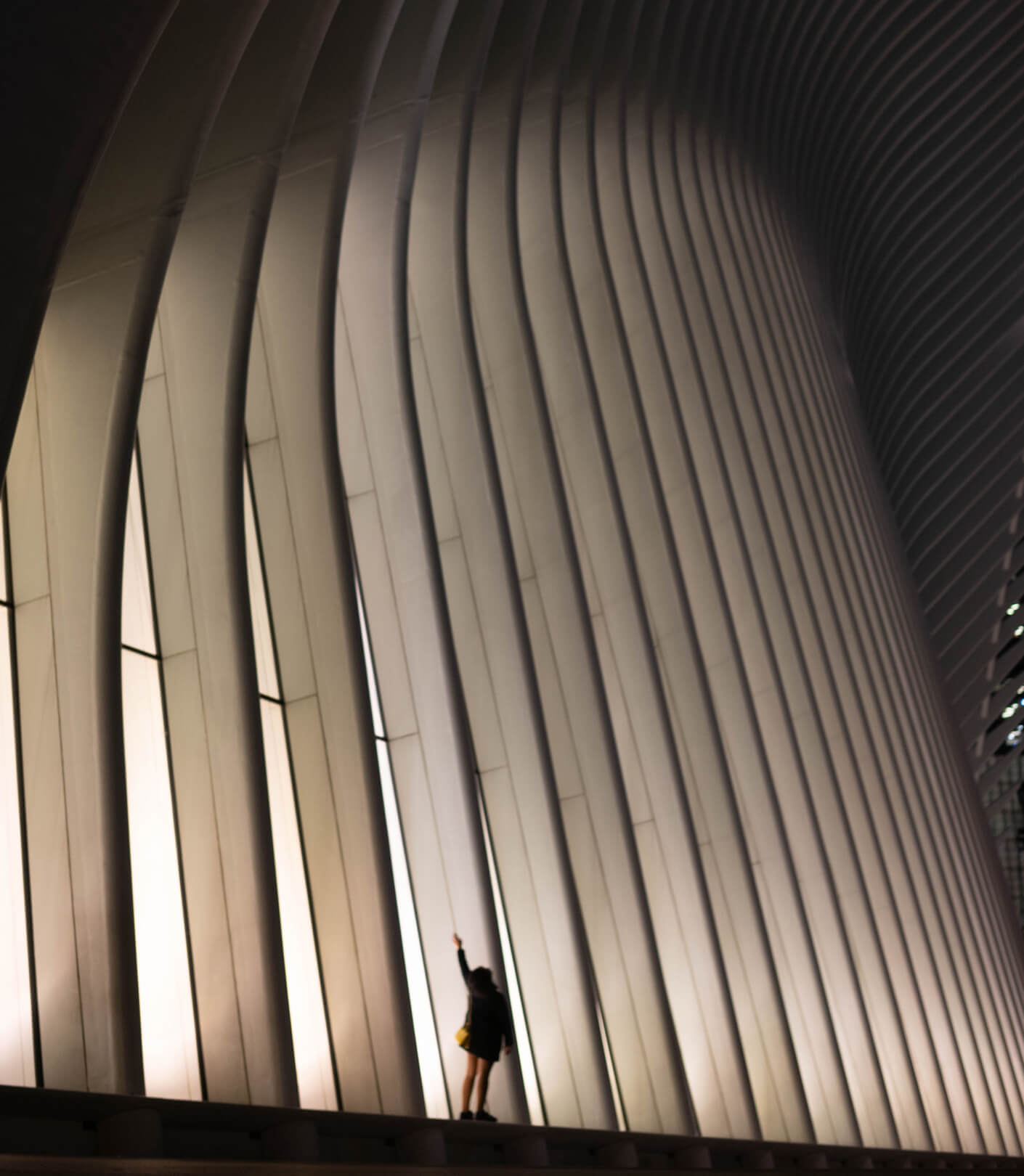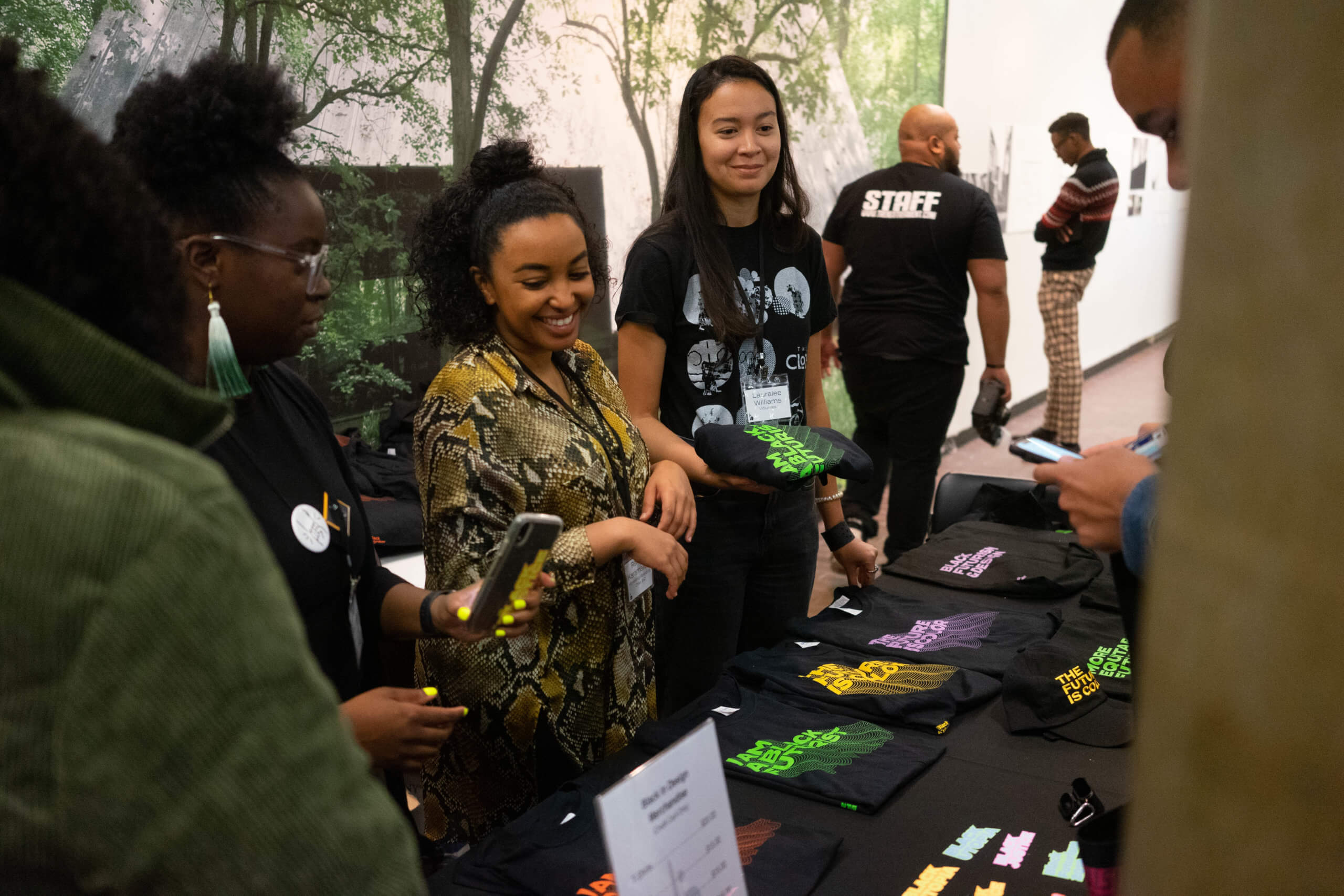
A: Design should be engaged and inspired from and for the community. I find lots of joy and positivity in buildings that tells you a past, present or even a future story of the community and human lives. I am originally from the land of Nubia (modern day Sudan) where pyramids and architecture were built thousands of years ago that we still can visit today and it carried stories of human civilization and culture throughout this time, that always inspired the way I see architecture. In general, I believe that centering human experience and storytelling is essential to achieve positive design influence.
A: I learned how to express myself by ink and paper when I was 8 years old, my dad is a great Arabic calligrapher and through his teachings I learned how powerful communication and expression can be through art. What is keeping me in the design field is that power we have as designers to imagine spaces in different ways and our ability to translate feelings and stories into physical forms and frame social and cultural context. The challenge in tying imagination and reality is interesting to me. I also think that there are a lot of invisible forces that shape our world that I hope to make visible through design and architecture.


A: People are inherently diverse—whether it be by religion, culture, ethnicity, language, or past experiences. To be a good designer is to understand this is the norm, the world we live in is rich and diverse, and our job is simply to translate that through our work.
A: I know that I would not be where I am today if not for the people who opened doors for me, believed in me and supported me throughout my design profession. I pay that forward always and whenever I can. I seek to facilitate connections and create platforms for Black and African designers where they can find opportunities. I was one of the organizers of the Black in Design Conference at the GSD in 2019, where I learned how crucial such platforms are, especially in our profession. That collaboration with the GSD now expanded and we are launching a mentoring program this year for Black and African students in public high schools, that way we can build a pipeline and eventually expand the access to institutions like Harvard Graduate School of Design (GSD) and Perkins&Will.

